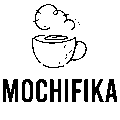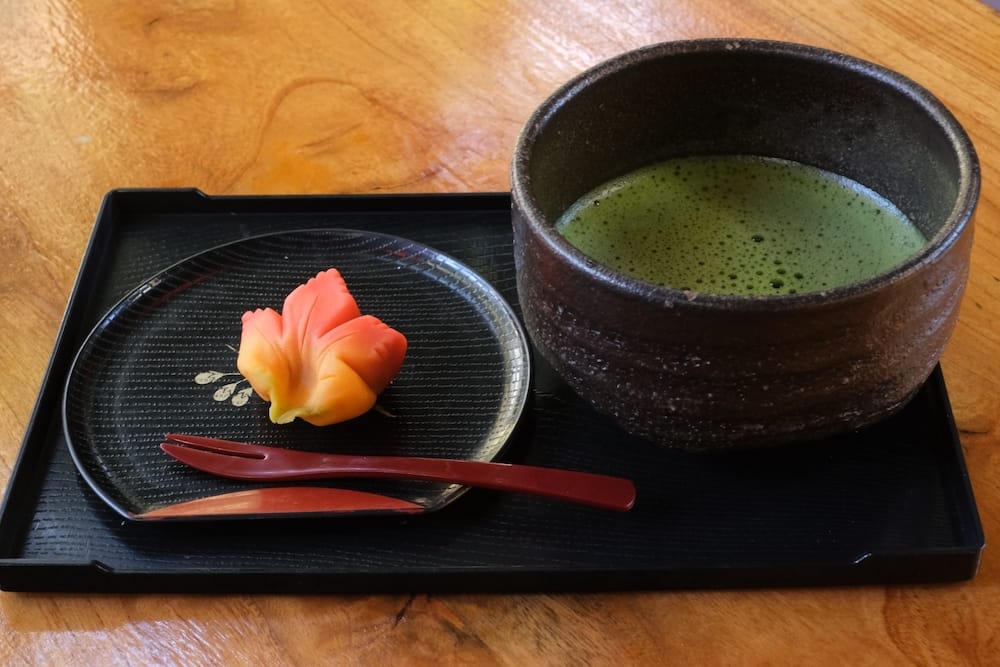What Is Wagashi?
Wagashi (和菓子) are traditional Japanese sweets, often served with green tea. They’re not just “desserts” — they reflect Japan’s deep cultural appreciation for the seasons, colors, and natural beauty. And no, wagashi is not just mochi!
Let’s explore the world of wagashi — including types with and without red bean paste (anko).
Wagashi vs Western Sweets: What’s the Difference?
- Wagashi focuses on seasonality and natural ingredients like rice, beans, leaves, etc.
- Western sweets are often richer, using butter, cream, chocolate, and sugar.
- While Western desserts are often indulgent, wagashi is typically small and balanced in sweetness.
- The presentation of wagashi is often more minimal and inspired by nature.
What Is Anko?
Anko (あんこ) is sweet red bean paste, made from azuki beans and sugar. It’s the heart of many wagashi — but not everyone loves it.
Don’t worry! There are plenty of wagashi options without anko, like dango, senbei, kuzumochi, or castella.
1. Nama-gashi (生菓子) – Fresh Sweets
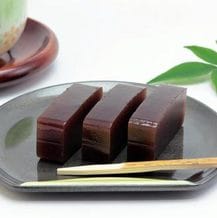
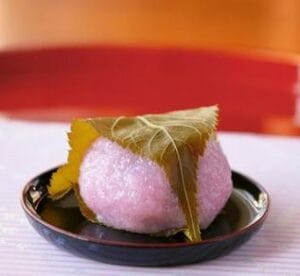
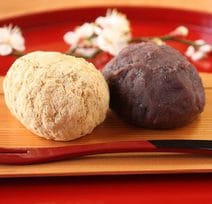
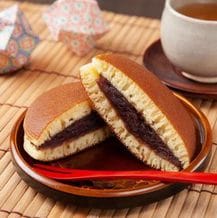
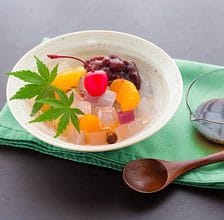
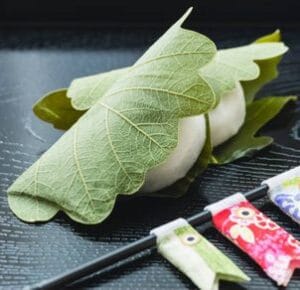
These contain more than 30% moisture and are often soft and delicate.
Examples:
- Sakura mochi – pink rice cake wrapped in a cherry blossom leaf (spring)
- Kashiwa mochi – oak leaf-wrapped mochi eaten on Children’s Day
- Ohagi – mochi rice coated with sweet red bean paste
- Yokan – firm jelly made from red beans, sugar, and agar
- Taiyaki / Dorayaki – sweet pancakes or fish-shaped cakes filled with anko
- Anmitsu / Zenzai – sweet soups or parfaits with mochi and fruits
- For anko-haters:
Try dango, kuzumochi, warabi mochi, or castella cake!
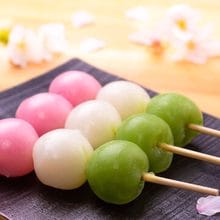
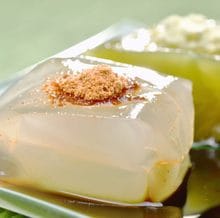
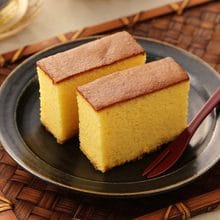
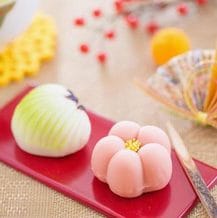
2. Han-nama-gashi (半生菓子) – Semi-Dry Sweets
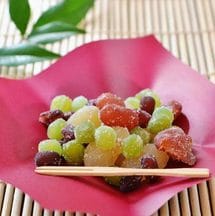
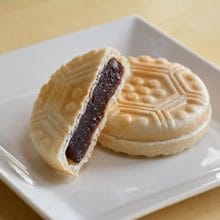
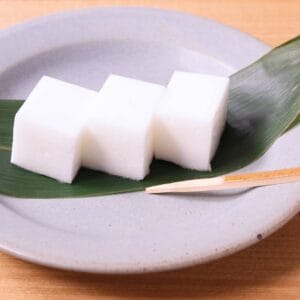
With 10–30% moisture, these last longer and are still soft.
Examples:
- Monaka – crispy wafers filled with sweet paste (often anko)
- For non-anko lovers: Try kanten (agar jelly) or ama-natto (candied beans — not natto!)
3. Higashi (干菓子) – Dry Sweets
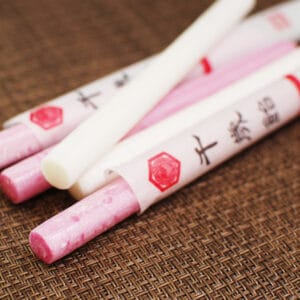
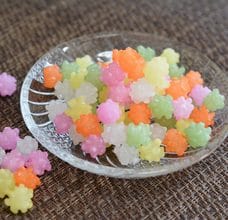
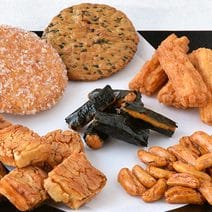
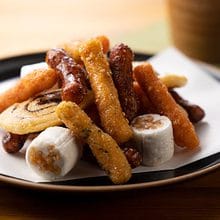
Less than 10% moisture — crispy and perfect for tea.
Examples:
- Karintō – deep-fried brown sugar crackers
- Konpeitō – star-shaped sugar candies
- Arare / Okaki / Senbei – rice crackers, sometimes salty or sweet
- Chitose-ame – long candy sticks given to children during Shichi-Go-San festival
These usually don’t contain anko — perfect if you prefer crunchy over gooey.
Bonus: In Japan, “Snacks” ≠ Just Sweets
In English, “sweets” means sugar-based treats. But in Japan, “okashi (お菓子)” includes both sweet and salty snacks — like senbei or rice crackers!
Where to Try Japanese Sweets in Japan
- Try wagashi at a traditional tea ceremony in Kyoto.
- Visit wagashi shops in Tokyo like Toraya or Minamoto Kitchoan.
- Some wagashi brands ship internationally — a great way to try them from home!
Learn Japanese with Real Culture
If you’re learning Japanese, try listening to my Slow Japanese podcast while reading this guide. It’s a fun way to connect language and culture.
Want more support?
Join me on Patreon and get transcripts, bonus lessons, and monthly Japanese speaking sessions.
What’s your favorite wagashi?
Leave a comment or tag @mochifika on Instagram with a picture of your favorite!
